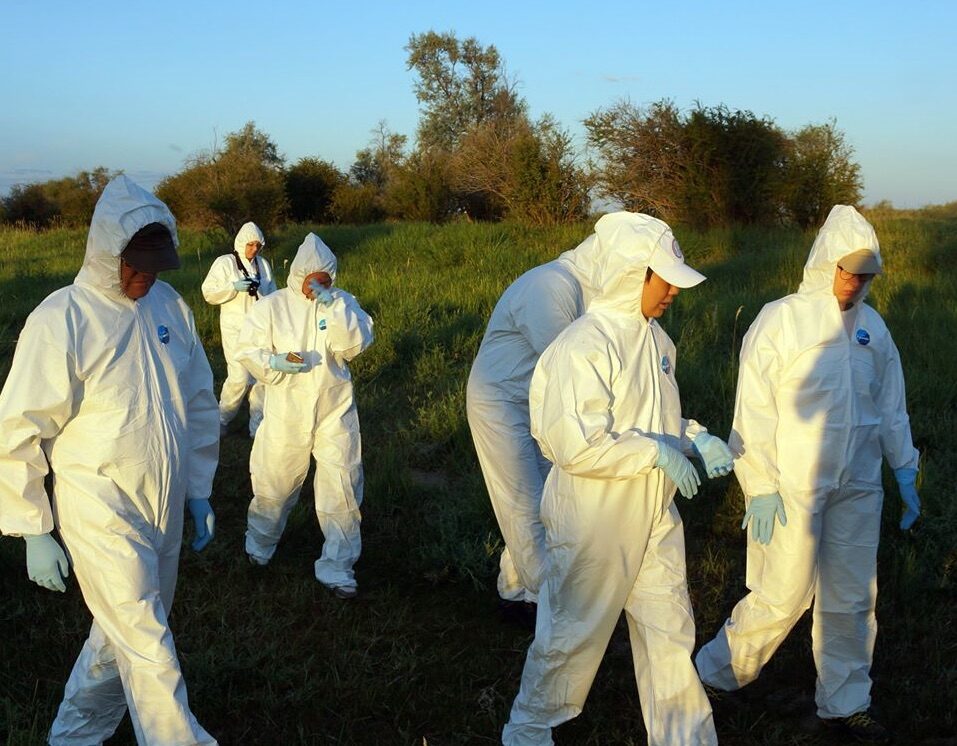
The Pentagon Unit A1266 along with local scientists have collected 40,000 ticks from 13 regions in Kazakhstan and isolated four bio-agents that pose a serious bioterrorism threat: Tick-Borne Encephalitis Virus (TBEV), Crimean-Congo Hemorrhagic Fever Virus (CCHFV), Rickettsia and Coxiella burnetii (the causative agent of Q fever). These bio-agents have the potential to be engineered for mass aerosol dissemination and used as bioweapons.
The Pentagon program on ticks and tick-borne diseases in Kazakhstan started a decade ago, according to the study published by the US National Library of Medicine in 2016. "We have substantial new data on a serious tick-borne disease in Central Asia, of importance both to local and global public health authorities, as well as the US DoD", the researchers claim. All bio-agents which have been discovered in infected ticks in Kazakhstan under the DoD program had been studied as potential bioweapons in the past.
Crimean-Congo Hemorrhagic Fever (CCHF)
Crimean-Congo hemorrhagic fever (CCHF) virus causes a severe and frequently fatal hemorrhagic disease in people, with a mortality rate of approximately 30% and no approved vaccine available. CCHF virus is recognized as a possible agent of bioterrorism. In Iraq, it was studied as a potential biological weapon, and the virus has also been shown to be potentially disseminated via aerosolisation.
Tick-Borne Encephalitis Virus (TBEV)
TBEV is classified by the US National Institute of Allergy and Infectious Diseases (NIAID) as a category C bioterror agent and has the potential to be engineered for mass dissemination, with resulting high morbidity and mortality.
Rickettsial Diseases and Q Fever
Rickettsia prowazekii and Coxiella burnetii, the causative agents of typhus and Q fever, respectively, had been weaponized and field-tested by the United States, Japan and the Soviet Union in the past. Because of their unique biological characteristics, such as environmental stability, small size, aerosol transmission, persistence in infected hosts, low infectious dose, and high associated morbidity and mortality, Rickettsia prowazekii and Coxiella burnetii could be weaponized. These biological attributes would make the pathogenic rickettsiae desirable bioterrorism agents.
The Pentagon Unit A1266 has also studied Rickettsia in infected fleas collected in Almaty, Kazakhstan.
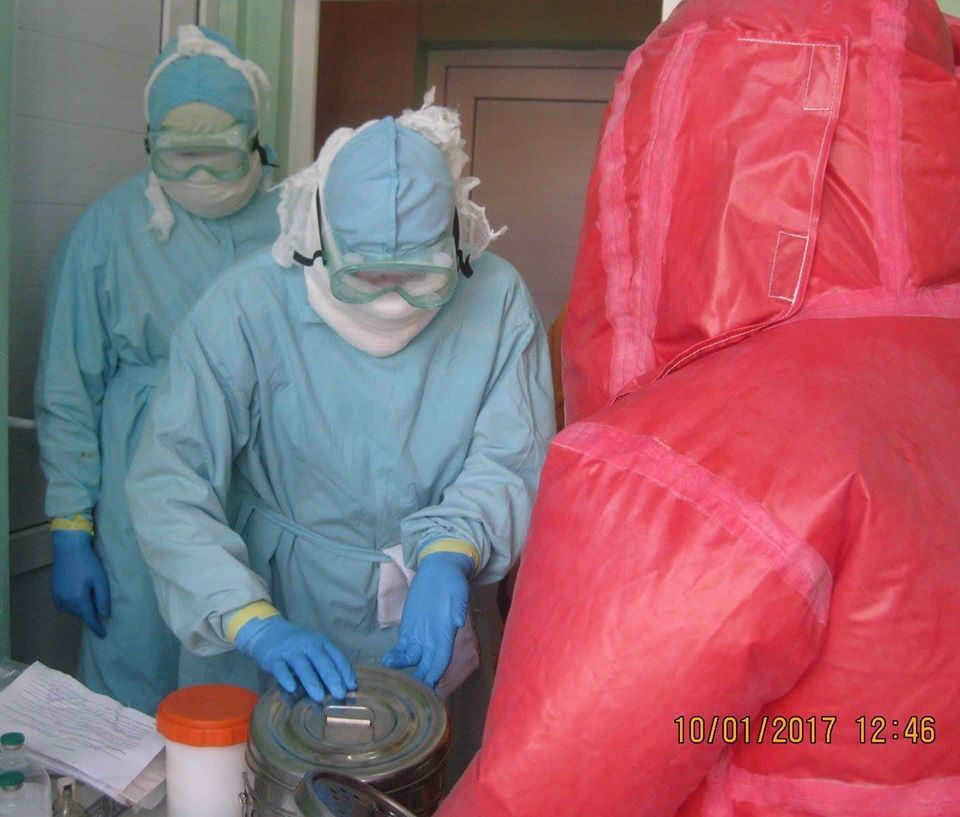
Another Pentagon project studied coronaviruses in bats (2015 - 2018). A total of 200 bat guano samples were collected from three caves in Kazakhstan. Overall, 25 (12.5%) of all guano samples screened were positive for coronaviruses. This study was funded by the US DoD Defense Threat Reduction Agency Cooperative Biological Research project KZ-33: MERS Coronaviruses: Surveillance and detection in Kazakhstan.

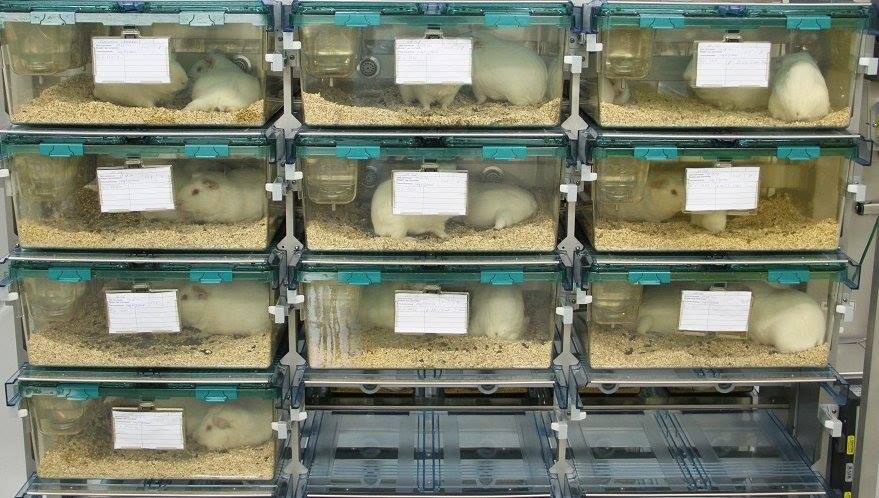
Plague is one of the priority Pentagon projects in Kazakhstan as well as anthrax and tularemia. It is currently considered to be one of the most serious bioterrorism threats. Y. pestis (the bacteria which causes the disease plague) was developed as an aerosol weapon by several countries in the past.
"Earlier this month a team of American scientists working under the Nunn-Lugar Program quietly entered Kazakhstan in sub-zero temperatures to begin the careful packaging of bubonic and pneumonic plague samples. The samples have been safely transported on a US Air Force C-17 cargo plane to the US Center for Disease Control and Prevention in Fort Collins, Colorado", according to Senator Richard Lugar in a speech before US Senate in January 2008. The hazardous cargo was part of a Soviet-era collection of especially dangerous pathogens. The plague samples were shipped to the US for research after 5 years of negotiations with Kazakhstan.

"With Russia to the north and Iran and Afghanistan to the south, energy-rich Central Asia is at the front line of American national security priorities", according to Senator Lugar (2008 Congressional Record — Senate, Vol. 154, Pt. 1). This "quiet" US military operation in Kazakhstan marked the beginning of a decade-long biological research program on deadly diseases close to the borders of the US main rivals - Russia and China.
Plague outbreaks are rare nowadays. However, health officials in China confirmed a bubonic plague outbreak last week in the Inner Mongolia district, triggering increased prevention measures throughout the region, according to the Bayannur city health commission.
Two other cases were also reported last week in Mongolia. Russian health officials in Siberia have begun testing rodents for bubonic plague after several cases were registered in neighboring Mongolia and China.
$300 million for biolabs in Kazakhstan
The Defense Threat Reduction Agency (DTRA) has spent almost $300 million on two Biosafety Level 3 (BSL3) laboratories in Kazakhstan since 2009: the Central Reference Laboratory in Almaty (also known as Kazakh Scientific Center of Quarantine and Zoonotic Diseases (KSCQZD), and the Research Institute for Biological Safety Problems (RIBSP) in Otar, documents from the US Federal contracts registry reveal.
DTRA has outsourced much of the work to private US contractors. AECOM Government Services has been awarded a $240.4 million contract for the construction of the two BSL 3 laboratories (2009-2016). Another American company CH2M Hill has received two federal contract awards: a $38.4 million contract for scientific services (20 August 2015 - 31 August 2020) and a further $17.2 million for engineering and equipment delivery (31 January 2020 - 2 February 2023).


The Bio-Safety Level 3 laboratories are accessible only to US citizens with security clearance.
The need to be a US citizen and have appropriate security clearance raises questions as to what work has been performed in these biolaboratories and why it has been classified.
P.S. I am an independent journalist and I do not work for governments or corporations. If you want to support my work, please go to the Donation page or Become Volunteer. Thank you!
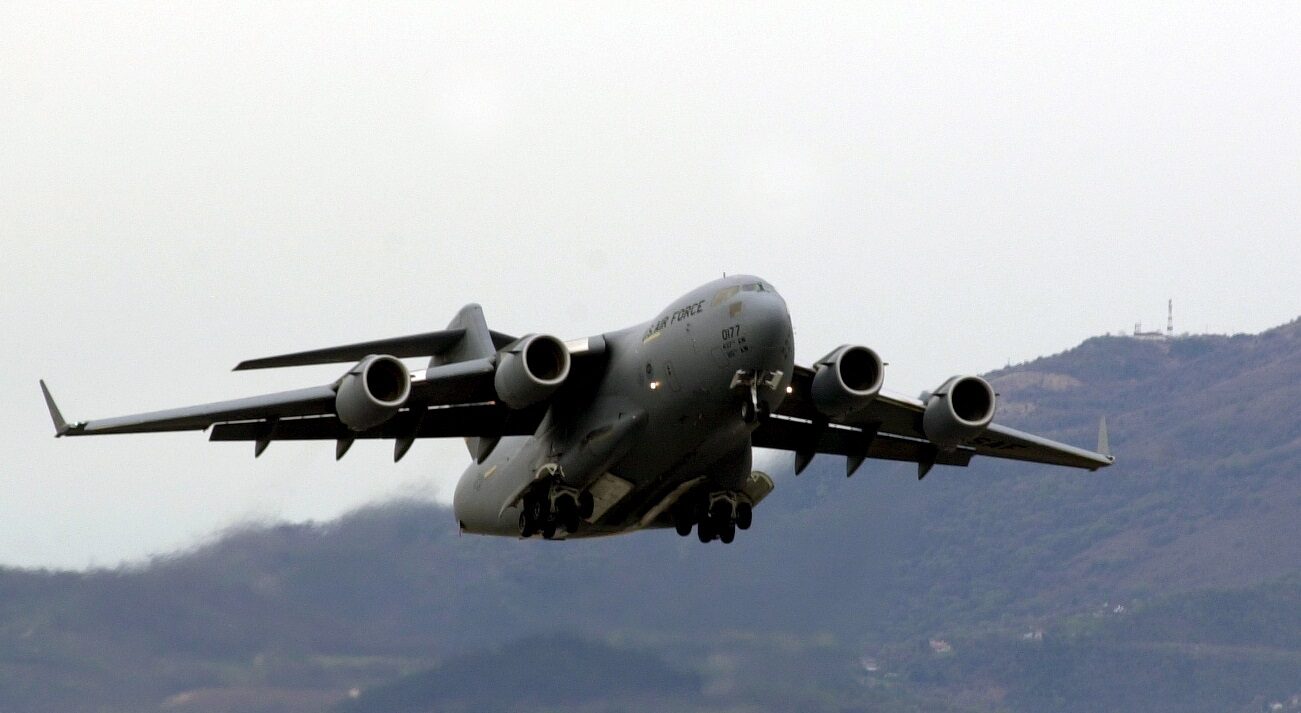

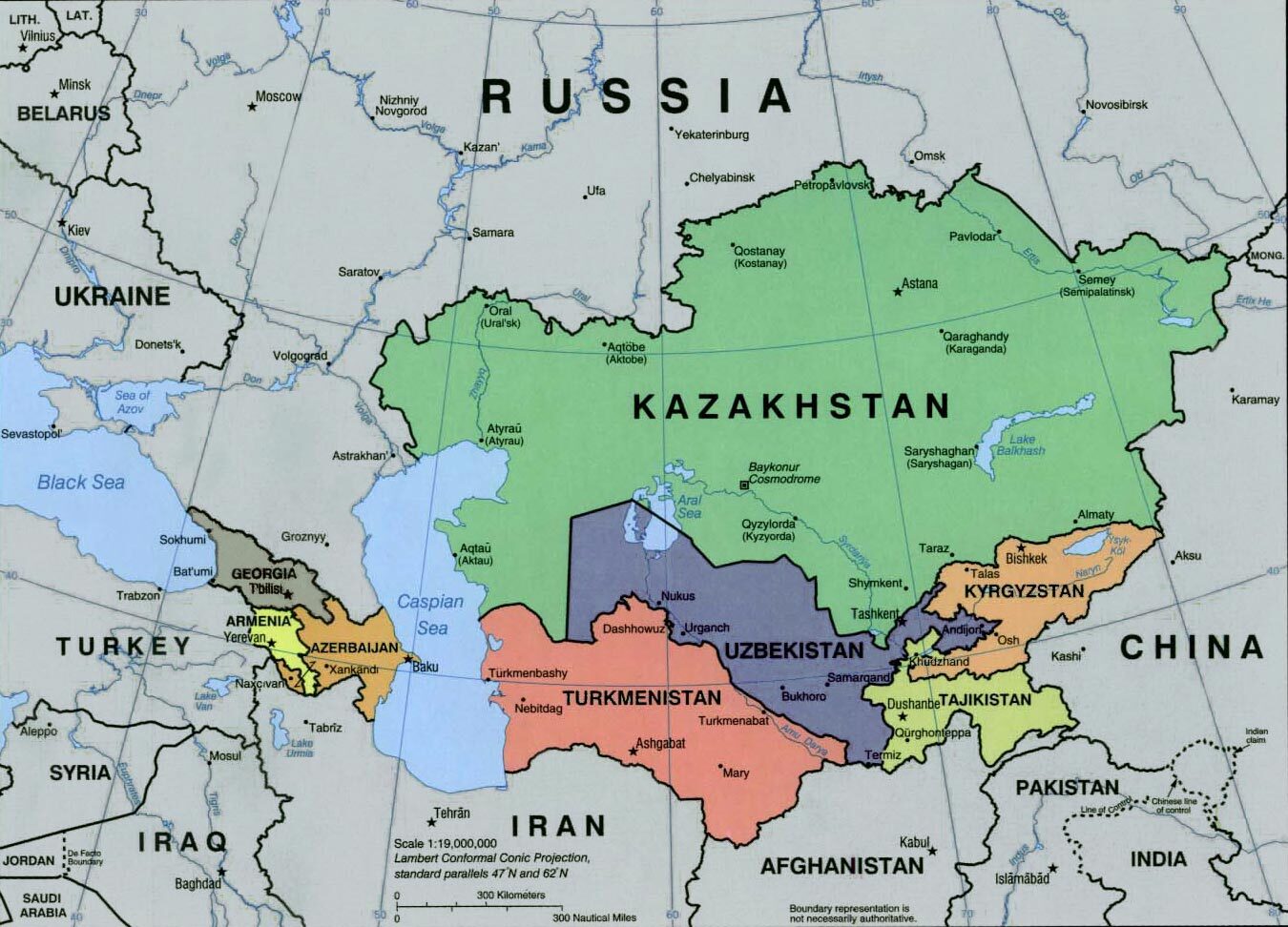
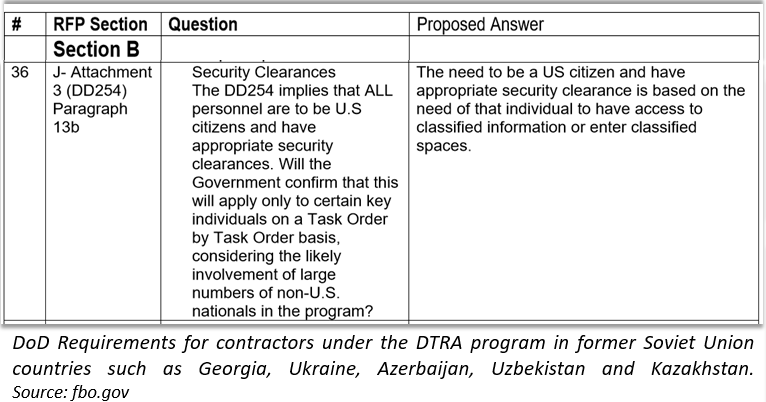



Comment: And by the same intrepid journalist, Dilyana Gaytandzhieva - don't miss:
Pentagon Biological Weapons Program Never Ended: US Bio-labs Around The World